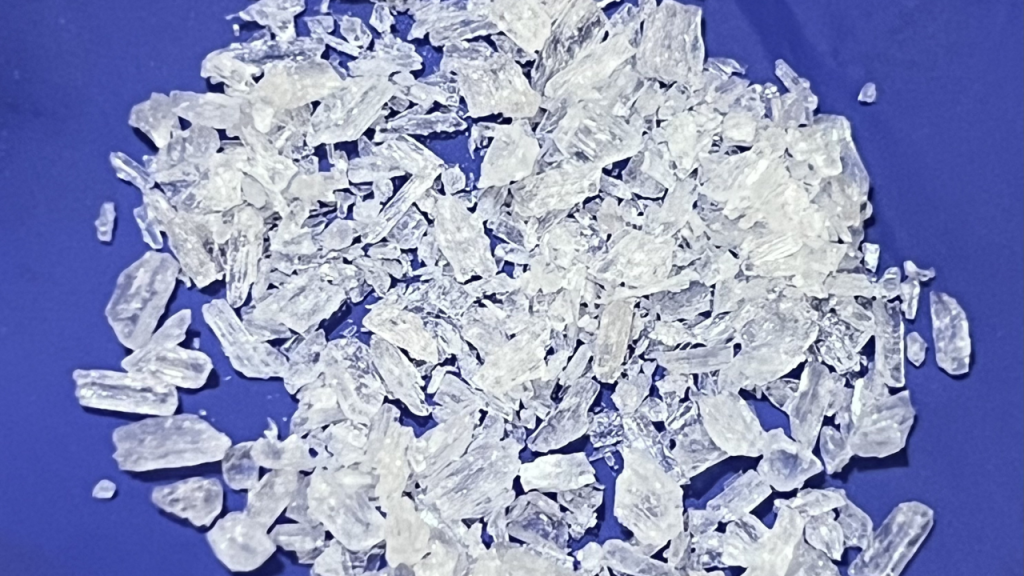When someone seeks help for meth addiction, they often expect a neat, linear path with steady milestones. Reality is messier. Recovery unfolds in fits and starts—crashes, plateaus, breakthroughs—and some phases don’t show up in glossy brochures. Knowing what typically happens in the first days, weeks, and months helps people and families recognize real progress even when it doesn’t feel linear.
Meth supercharges dopamine, often several-to-ten times normal reward levels, then leaves the brain depleted. That’s why treatment must address not only psychological dependence but also gradual neurobiological healing that continues long after detox. The “home meth lab” era has also largely passed. Domestic lab seizures have plummeted nationwide as trafficked meth from Mexico dominates supply. In Tennessee, law enforcement testing most commonly finds meth in seized evidence today, so the problem is prevalence of imported meth, not hundreds of local labs.
The first 72 hours: the “crash”
People expect the first days to be all physical withdrawal. With meth, the acute dangers are usually psychiatric, not medical: extreme fatigue/sleep, depressed mood, anxiety, and intense cravings. Many sleep far longer than usual at first. That’s the brain trying to reset. Medical detox is still valuable because monitoring and managing mood, sleep, and safety (including suicide risk) is crucial as intoxication wanes and withdrawal begins.
Weeks 2–4: improvement
Energy and mood often lift after the crash; some describe a short “honeymoon” where they feel far better and wonder if they still need treatment. But dopamine signaling hasn’t normalized. Expect good days and foggy days, with lingering insomnia, vivid dreams, and non-restorative sleep. Sticking with therapy and sleep hygiene here matters.
Months 2–6: the long middle
This is where many people discover the real work. Anhedonia (ordinary things feel flat) makes life without meth feel unrewarding. Behavioral activation (scheduling and practicing healthy, rewarding activities) helps rebuild a sense of pleasure. Cognition (memory, focus, multi-tasking) improves but remains uneven, which can affect work and relationships. Socially, many must rebuild networks from scratch. Relapse risk is highest early in recovery; longer time in treatment and ongoing self-help participation are linked with longer abstinence.

Around 6 months: more consistent gains
By around 6 months many notice steadier mood, energy, and thinking; some studies show measurable cognitive gains by six months. Still, brain imaging suggests dopamine-system recovery typically takes a year or more, and may remain incomplete in some people, so expecting to feel fully “normal” by six months can set people up for discouragement. Keep supports in place as responsibilities (school, work) ramp up.
12 months and beyond: continuing recovery
Recovery keeps unfolding over years, not weeks. Studies show partial recovery of dopamine transporters and brain metabolism with longer abstinence, alongside ongoing cognitive improvements—while some deficits can persist. The practical work (relationships, finances, legal issues) can add stress and trigger cravings, so structured follow-up and relapse-prevention skills remain important even after year one.
Meth recovery is absolutely possible—but it’s nonlinear and benefits from sustained, professional support focused on sleep/mood stabilization, relapse-prevention skills, behavioral activation, and long-term follow-up.
